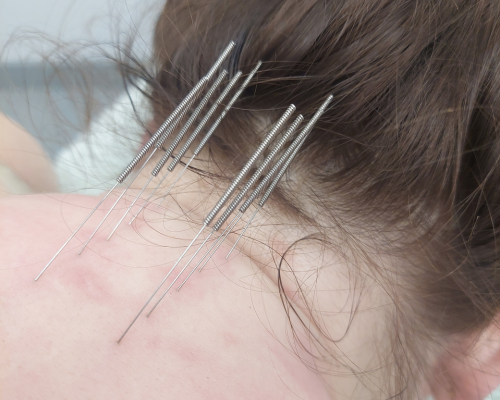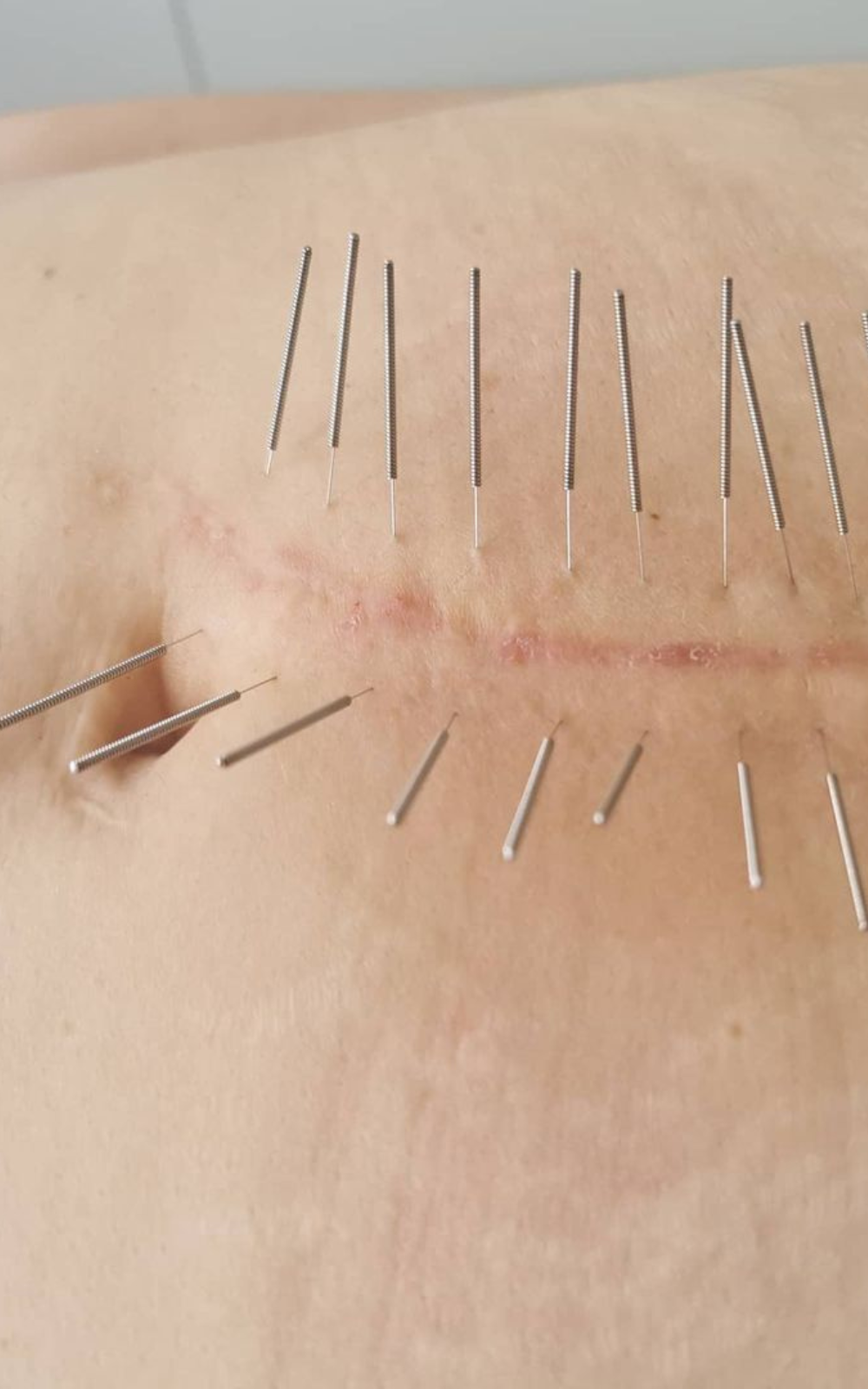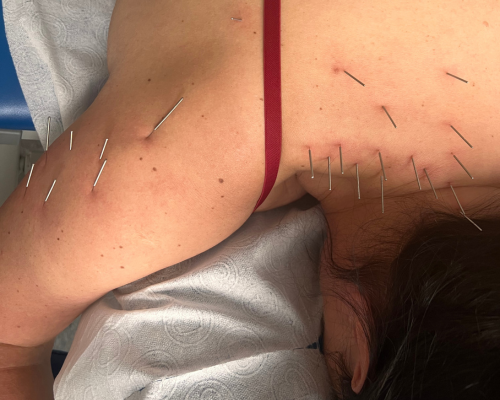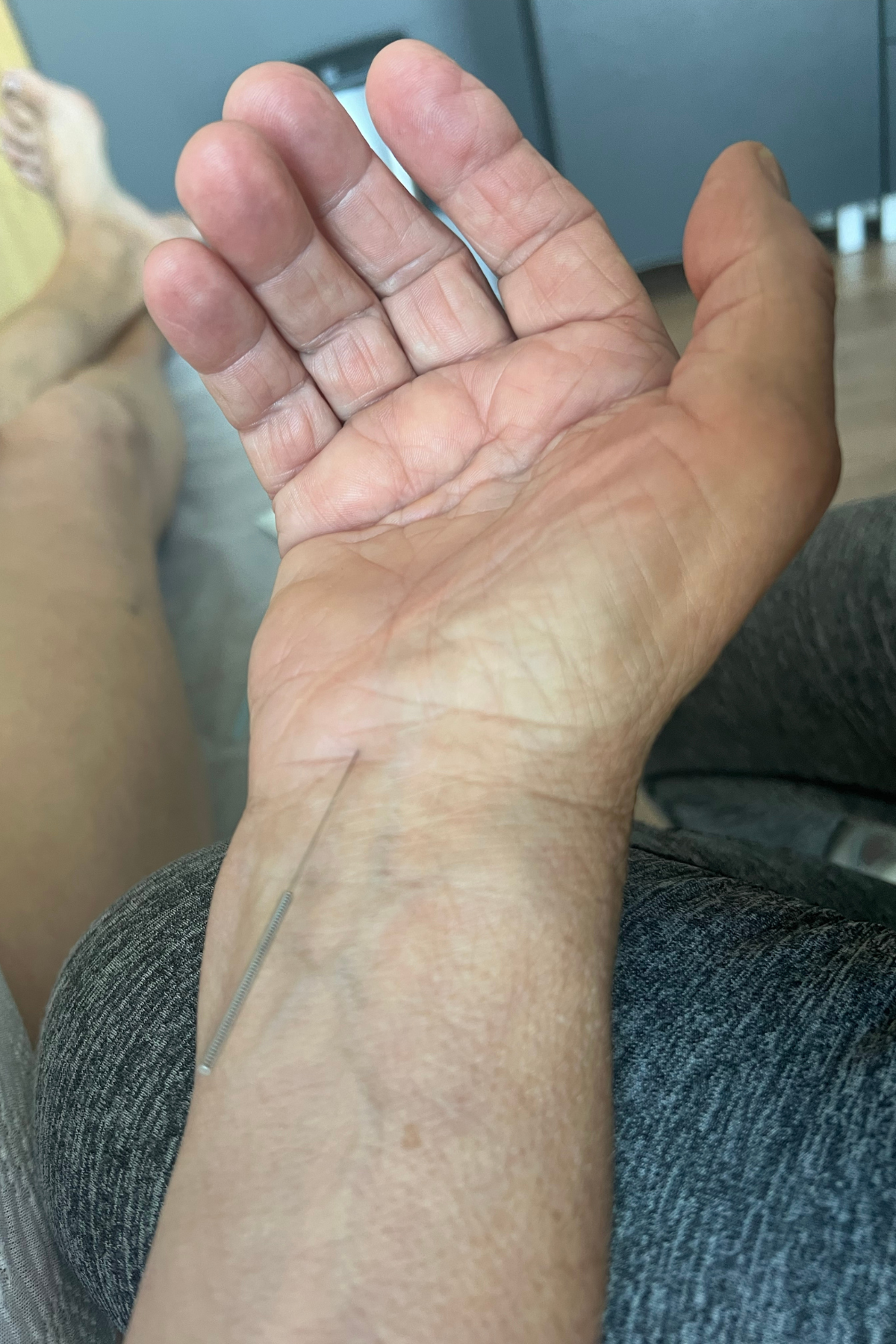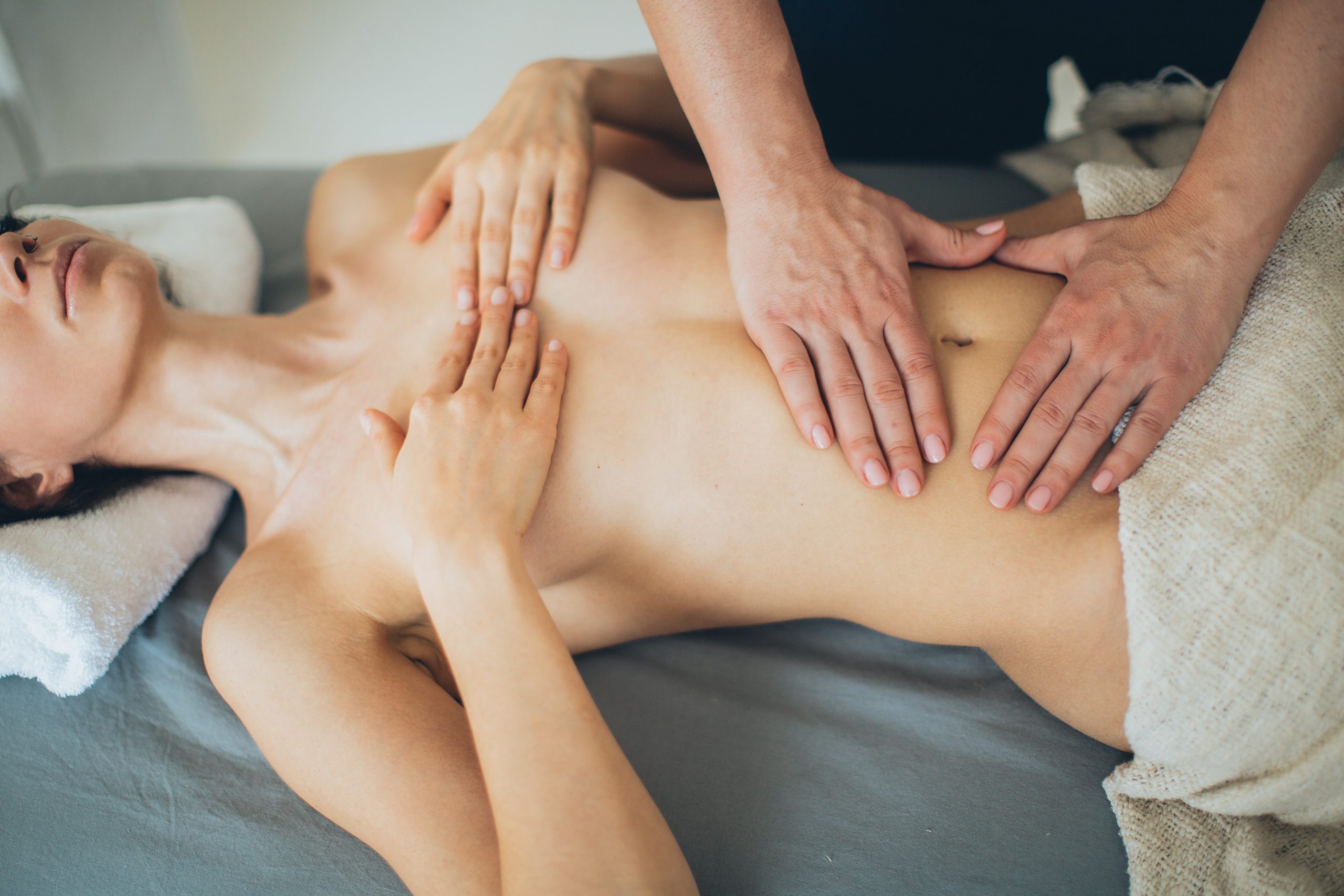
Dry needling treatment, also known as dry needling, is a technique used in physical therapy and sports medicine, but not only! People with movement disorders such as limited range of motion, stiffness or asymmetry can benefit from dry needling treatment. Needling is used to improve flexibility and muscle function, which can benefit movement and performance. However, dry needling is most popular with athletes. It helps to treat injuries, speed up the rehabilitation process, improve performance and prevent injury. It is particularly effective for muscle injuries such as strains and strains.
Trigger points come from factors such as:
- age,
- injury as a result of a fall or injury,
- lack of tissue immunity,
- poor posture and poor ergonomics at work,
- too much training overload,
- chronic stress,
- vitamin and mineral deficiencies.
- Limitation of range of movement,
- loss of strength,
- muscle weakness,
- imbalances,
- tension headaches,
- postural instability.
No additional therapeutic or analgesic preparations injected under the skin are used during the procedure. In addition, the needles are very thin and made of stainless steel. Hygiene and sterility are extremely important at MTS Holistic Therapy. The needles are disposable and packed in sterile packaging. Our specialists properly disinfect the skin prior to inserting the needles.
Sciatica is often associated with inflammation of the sciatic nerve. Dry needling therapy can help reduce inflammation by stimulating the local immune response and releasing endorphins, which have an analgesic effect. In addition, it has a relaxing effect on tense muscles that may be putting pressure on the sciatic nerve. Needles are inserted into specific points in the muscles to help reduce tension and pain.
The most pleasing effects are the relaxation of deep-lying muscles, which are more difficult to affect by acting indirectly through the skin. The treatment results in precise localisation and therapy of the desired muscle. In addition to this, with the therapy you can obtain:
- reduction of projected pain,
- improving metabolism,
- increasing the range of mobility,
- reduction of musculo-fascial trigger point activity,
- thickening of the fascial matrix,
- sensitisation of the area in question.

